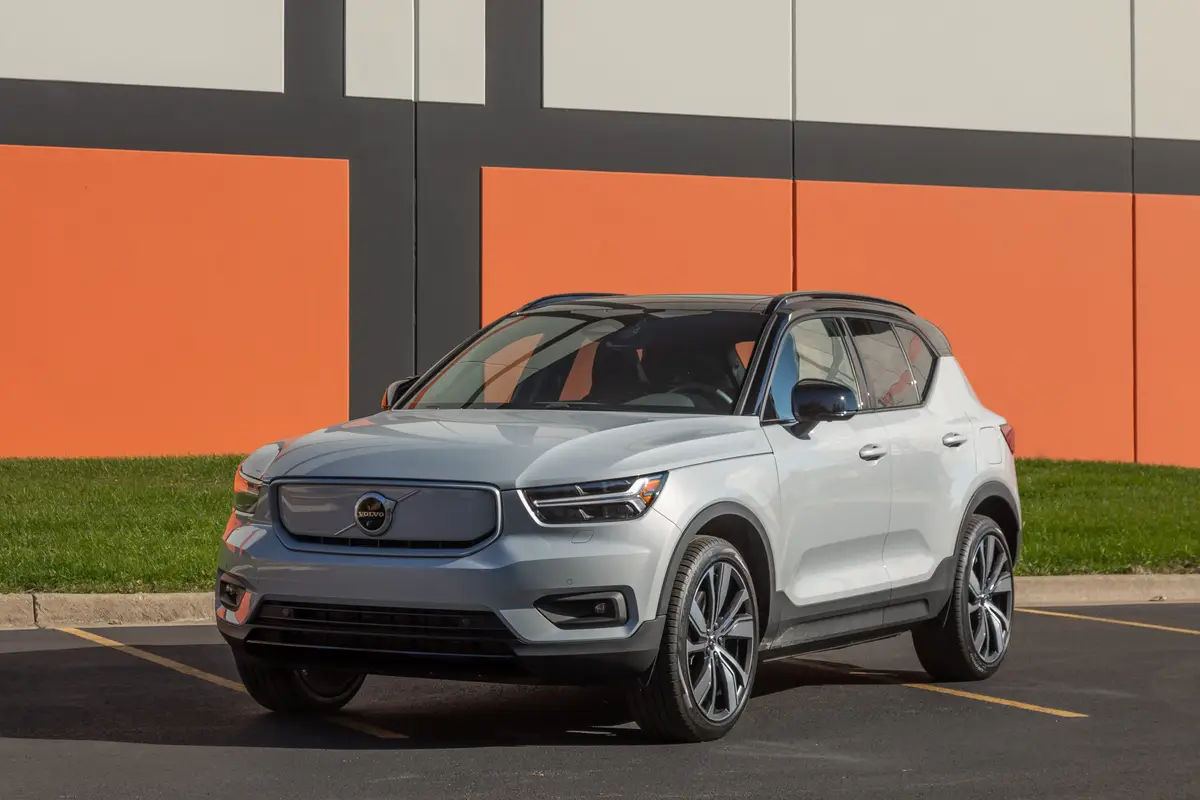
The verdict: Volvo’s XC40 Recharge is a quick little electric SUV with few tricks of its own, but it preserves the endearing qualities of the well-rounded gas-powered model on which it’s based.
Versus the competition: The XC40 is among the quicker EVs on the market at large, and it rides better than many affordable competitors, but modest underlying efficiency compromises its range and charging speed.
The Volvo XC40 is a Cars.com favorite among subcompact luxury SUVs, so we welcomed the news that it would become the brand’s first fully electric vehicle in 2021 after several years of plug-in hybrids across the lineup. Small SUVs are the heart of the U.S. market, and when it comes to EVs, you can’t limit the brands you consider buying to just luxury ones — or even premium or modest mass-market automakers. The lines here are blurred.
Related: 2021 Volvo XC60 Recharge Review
Speaking of blurred lines, the XC40 Recharge we tested was technically a 2021 model … but was it? Like a growing number of new vehicles, the XC40 Recharge can be updated wirelessly in ways that fundamentally change it. Our test vehicle — which was built for the EV’s inaugural model year (2021) and even badged with its original drivetrain designation, “P8 AWD” — received such an update before our evaluation. I’ll explain the resulting changes later, but suffice to say that in all the ways that matter for a review, the model we drove had essentially been turned into a XC40 Recharge Twin, which is what the 2022 version has been named. The same will be true of any other 2021 models already in the hands of early buyers.
Like everyone else, we’ve been trumpeting the coming flood of battery-electric vehicles, but everything’s relative. There still aren’t that many, and once you break them into their respective types — their claimed body styles and the ones your eyes clearly see — you end up with only a few models from which to choose. As we’ve bemoaned, all EVs seem to have one or two fundamental flaws: In brief, the Chevrolet Bolt EV and EUV are under recall; the Ford Mustang Mach-E doesn’t ride well; the Volkswagen ID.4 is plagued by an overabundance of touch-sensitive controls; and the Tesla Model Y rides too firmly for some roads, has no instrument panel and is no longer eligible for a federal tax credit. (Its price also seems to increase every time you check it.) At the end of the day, if you want an EV, you still have to pick your poison. (We don’t yet have enough experience with the 2022 Hyundai Ioniq 5 or Kia EV6 to comment on them.)
If it seems like these models aren’t direct competitors for the XC40 Recharge, you’re catching on to how limited EV choices are. But know that, with the exception of the bargain-priced VW, all of them have versions whose MSRPs overlap even if you don’t consider the brands themselves comparable to Volvo’s luxury reputation. In the EV world, everything’s different.
Ostensibly, all four of the models we’ve reviewed are SUVs, but the Mach-E gets criticized most for that designation thanks to its 5.7-inch ground clearance and the fact that it doesn’t look like an SUV (which could be a plus or a minus, depending on your perspective). The XC40 Recharge boasts a relatively generous 6.9 inches of ground clearance even though its low-slung battery pack lowers that number versus the gas-powered XC40’s 8.3 inches.
Technically a subcompact SUV, the XC40 seems relatively small, but according to Cars.com’s own accounting of the cargo space behind these EVs’ backseats (including the five-seat Model Y, which can be had with an optional third row), the models mentioned above are all pretty close in this regard. The XC40 has 17.7 cubic feet of space, plus another 0.5 cubic foot in its front trunk. That puts it close to the VW ID.4, which has 18.9 cubic feet and lacks a frunk. Combining hatches and frunks, the Mach-E has 17.9 cubic feet and the Model Y leads the pack with 23.8 cubic feet.
As for how the Recharge compares to the regular XC40, which we reviewed in detail when it debuted, its towing capacity is 2,000 pounds rather than 3,500. (For the record, we didn’t tow with this vehicle and have broader reservations about what towing does to any EV’s range.) Otherwise, Volvo’s specifications suggest the Recharge is identical inside, which is how it felt to us — apart from a few items I’ll address below.
It Drives Damn Well
The XC40 Recharge stood out immediately because it rides reasonably well without any high-tech (and high-cost) adaptive shock absorbers. That can’t be said about most affordable EVs; whether it’s the nature of the vehicle type or their manufacturers’ attempts to make them feel sporty, we’ve found the ride quality of many EVs to be ill-suited to the roads around Cars.com’s Chicago offices. The ID.4 is a notable exception, as was the Polestar 2 we tested. To be fair, this relative of the XC40 is more solidly a car than an SUV, had manually adjustable shock absorbers and cost $67,550 as tested. (No longer a launch edition, the Polestar 2’s MSRP is down to $51,200 for 2022 with destination charges but before federal incentives.)
The XC40 is an unlikely rocket. Compared with today’s gas-powered vehicles, all EVs boast immediate accelerator pedal response, and many of them are quick in a way that surprises unfamiliar drivers. But there are levels here, too, and the XC40 Recharge is on the quicker end of the spectrum, with a manufacturer-estimated 0-60 mph time of 4.7 seconds. The Model Y Long Range AWD’s estimate is 4.8 seconds, according to Tesla, while the Performance version is 3.5 seconds. At its “slowest,” the Mach-E hits 60 in roughly 6.1 seconds, while the new GT Performance version does so in a claimed 3.5 seconds. The rear-wheel-drive ID.4 is a tad poky, at a VW-estimated 7.5 seconds to 60 mph, though the AWD version knocks it down to 5.4 seconds.
For comparison, the quickest gas-powered XC40 hits 60 mph in 6.1 seconds, according to Volvo. The Recharge’s urgent acceleration from its front and rear electric motors, each rated 201 horsepower, combines with decent ride and competent handling to create a responsive and engaging vehicle. Where some EVs’ power diminishes at highway speeds, the XC40’s doesn’t. It even has a proper One Pedal Drive setting that maximizes regenerative braking, meaning you can do most of your braking simply by lifting off the accelerator. (Some competitors don’t go far enough with the regeneration level or levels even though there’s no reason not to offer drivers more choices.)
The XC40 Recharge does what EVs theoretically do best: mix comfortable, quiet motoring with the opportunity for equally quiet bursts of breathtaking acceleration. The best EVs seem to defy logic by doing so without sacrificing efficiency across the board in the way gas-powered performance vehicles always have. Alas, the XC40 Recharge may not be one of these EVs.
So What’s the Problem?
The XC40 Recharge has an efficiency problem. People tend to ignore efficiency in EVs, but it may just matter more here because range is limited and refueling (charging) is slow. The more efficient an EV is, the farther it can drive on a given amount of electricity and the faster its battery will fill. Thus, as with gasoline, the cheaper it will be to operate, as well.
The XC40 Recharge made its 2021 debut with a very disappointing EPA-estimated efficiency rating of 79 mpg-equivalent in combined city/highway driving, with a 208-mile range estimate. (The mpg-e sounds high versus gasoline, but the spec is useful only when comparing EVs with each other, which we’ll do in a moment.) The over-the-air update mentioned above, version 1.8, has increased the efficiency of all XC40s to an EPA-estimated 85 mpg-e and upped their range to 223 miles.
Volvo isn’t talking explicitly about what it changed, citing energy management, thermal management and software optimization, but it’s fascinating that computer code alone can make this much of a difference — and that the resulting vehicle remained agreeable to drive. But there are limits to how much an automaker can affect efficiency through software alone.
Compare the ’22 XC40 EV to its competitors and you’ll find its mpg-e seems close to the Mach-E GT’s 84 mpg-e, but there are more factors to consider: This rating is for the Mach-E that can get to 60 mph faster than the Volvo (3.8 seconds without the Performance Package) and it has greater range, at 270 miles. The most efficient Mach-E is rated 101 mpg-e combined.
A loaded VW ID.4 is also rated higher than the Volvo, goes farther and costs less. The Tesla Model Y, even in its quickest version (Performance), is rated 111 mpg-e combined and goes 303 miles. (Performance and efficiency aren’t mutually exclusive.) The Long Range version, which Cars.com owns for long-term testing, can go an estimated 330 miles and is rated 122 mpg-e. A rear-wheel-drive Model Y carries a 129 mpg-e combined rating and a 244-mile range.
Note that I led with an efficiency problem, not a range problem, because how much range buyers need will vary greatly, especially given EVs are best charged at home, overnight. More than 200 miles of driving per day is an awful lot. Now, if you’re hoping to take road trips and rely on public charging — and/or the effects of cold temperatures on EV range are a potential issue for you — you might be among the minority of drivers for whom the XC40’s 223 miles of range won’t be enough. (But it bears noting that I write this as temperatures hover around 0 degrees Fahrenheit, which easily cuts any EV’s range in half.)
To be clear, there are limits to what Volvo can do with computer code, so it’s highly unlikely that an XC40 Recharge purchased today will someday get a software update and magically overtake its competitors in the various specifications above, at least not without some noticeable difference in how it performs. Future versions, however, with different batteries or motors or other hardware? Possibly. Just don’t be misled by the update to version 1.8.
Charging
Perhaps the smartest thing Volvo did with the XC40 Recharge was launch it with robust home-charging capability: 11 kilowatts. An EV itself can be a bottleneck, and more energy is always better. In the XC40 Recharge’s case, those 11 kW help mask its efficiency shortcoming, given the same amount of power fed to a less efficient vehicle will add less range over the same period. (Perhaps Jaguar didn’t see this coming when it launched the I-Pace EV in 2019, combining just 7 kW of charging capability with a dismal 76 mpg-e efficiency. It took 13 hours to charge an empty battery — at best. The 2022 model is going to 11 kW.)
According to Volvo, the XC40 Recharge will charge fully within eight hours via a 48-amp 240-volt Level 2 home charger, in 12 hours with a 32-amp charger, and in 24 hours with a 16-amp charger. Note that charging slows as the battery pack fills, so this means you’ll add more than the average of 28 miles of range per hour of charging when the battery is low, less when it’s fuller. With my test vehicle’s battery at 69% full, the instrument panel said it was accepting 46 amps from my 48-amp charger, adding 26 miles per hour. Today, 32-amp Level 2 chargers are still more common, including in public; with one of those, you’d average 18 or 19 miles of range per hour.
Like most manufacturers, Volvo recommends setting the car to stop charging when the battery is 90% full, which is better for long-term battery health; you should charge to 100% only when needed for longer trips. According to Volvo’s online estimator, 90% will be just over 200 miles of range. Plus, considering 90% a full charge will probably shave an hour off your recharge time because the last bit is the slowest.
The XC40 Recharge can also be charged at public DC fast-charging stations rated 150 kW or higher, going from empty to 80% within 40 minutes, Volvo says. If you happen upon a 50-kW charger, an 80% charge would take two hours.
With the purchase of an electric XC40, Volvo includes 250 kilowatt-hours of DC fast charging, followed by a one-year subscription to discounted energy at Electrify America stations. Most manufacturers acknowledge that excessive DC charging can diminish an EV battery’s long-term capacity, but what Volvo is offering only translates to about four refills from zero to 80%.
More From Cars.com:
- How Do Car Seats Fit in a 2021 Volvo XC40 Recharge?
- 2022 Volvo C40 Recharge Comes With $60,000 Price Tag, Free Charging
- Is the 2021 Volvo XC60 Recharge a Good Car? 5 Pros and 2 Cons
- 2021 Volvo S90 Recharge PHEV Range: How Far Can It Go on Electricity Alone?
- Here Are the New Electric Vehicles Planned by 2025
Taking Sides: The User Interface
Since it launched, the XC40 has been one of the growing number of vehicles that relies a little too much on its touchscreen for important controls that might be better assigned to a physical button that could be accessed without poking through a menu or two. The One Pedal Drive feature mentioned above, which might be changed often based on driver or mood, is just one example.
When I heard Volvo had chosen to switch from its own Sensus touchscreen interface to one driven by Google, I thought it was risky. I’m an Android user myself, but people are very particular about their platforms; it’s almost like saying your dashboard was engineered by the Democratic or Republican national committee. I thought choosing Google would wipe this vehicle off the consideration list of Apple devotees.
What I didn’t expect was that I, an Android user, wouldn’t love it myself. It’s fine, but it doesn’t seem to improve much on the previous approach, augmented by Android Auto, in terms of its menus, structure or overall usability, and it adds one strange obstacle: To exploit it fully, you have to log in with a Google account. (I can imagine the Apple people fuming, just as I predicted.) The system doesn’t currently support Apple CarPlay, either, though Volvo says it will be added in early 2022 in an over-the-air update.
I drove a borrowed fleet vehicle and thus wasn’t able to log in, so the result was a less personalized experience than I get from any other vehicle I test with Android Auto. The XC40 doesn’t support Android Auto, the function, because why would it? It is a freakin’ Android auto. This might be more a reviewer/borrower problem (or a process problem) than an owner problem, but the upshot is that both “sides” — Android and Apple users — left the experience disgruntled. In politics, that’s the sign of a good compromise. In this case, I think there’s work to be done.
Should You Buy a Volvo XC40 Recharge?
Despite all the talk, it’s still early days in this latest EV push, and the differences among the options out there are clearer than they are among conventional models. The gas-powered XC40 is a favorite of ours, and the Recharge’s drivability and thrilling acceleration are definite high points. Its relatively modest range might scare off uninitiated shoppers, but those of us who have owned EVs know that 200-plus miles per day is more than enough. However, EV range comes at a cost, and with a starting price of $55,300 plus a $1,095 destination charge (before incentives, which include a federal tax credit of up to $7,500), the XC40 Recharge isn’t cheap. Luxury brands do, however, tend to command a higher price, and its style and SUV-ness are sure to appeal. In the end, the market will decide.
Related Video:
We cannot generate a video preview.
Cars.com’s Editorial department is your source for automotive news and reviews. In line with Cars.com’s long-standing ethics policy, editors and reviewers don’t accept gifts or free trips from automakers. The Editorial department is independent of Cars.com’s advertising, sales and sponsored content departments.

































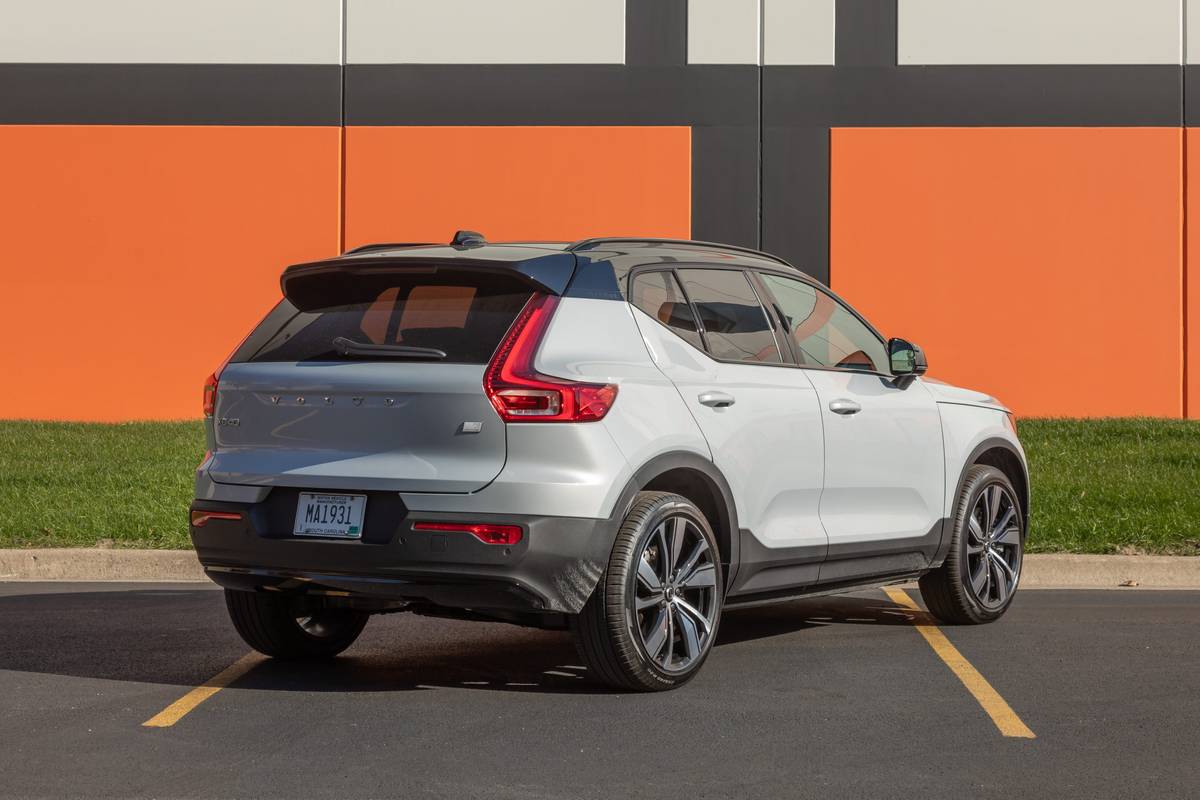
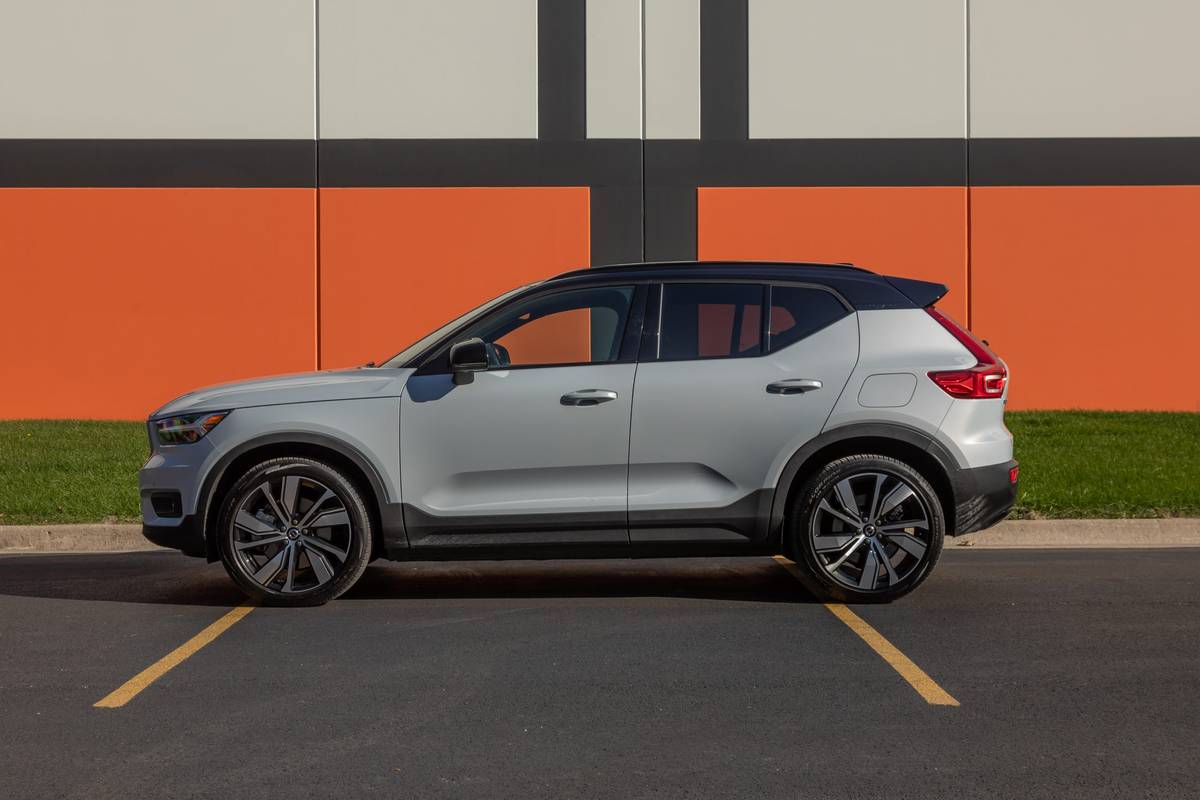
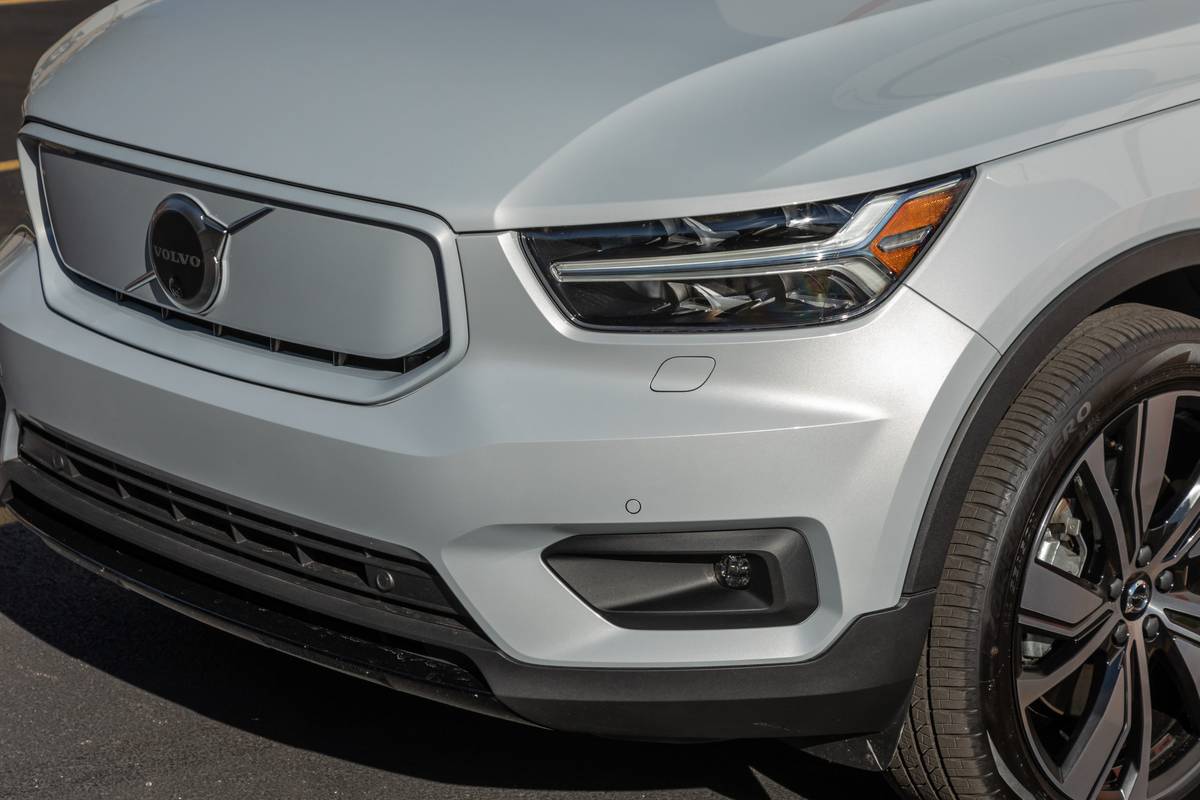
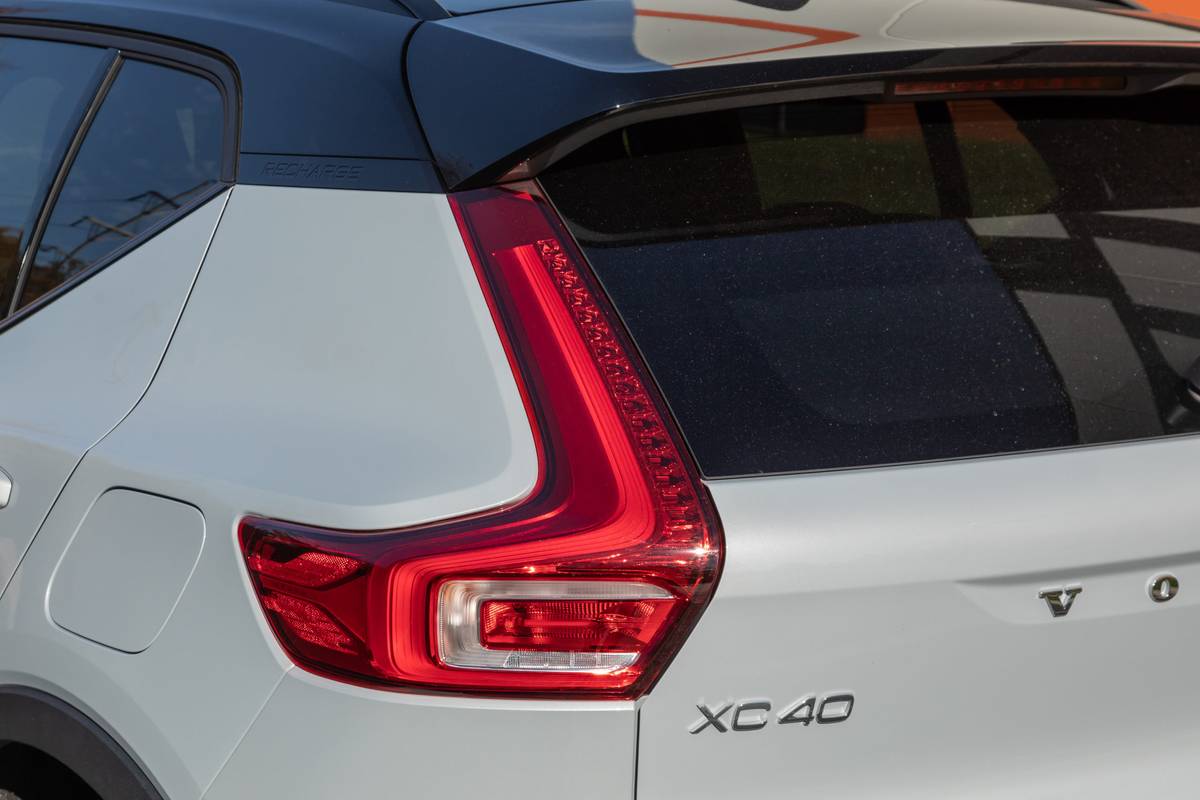
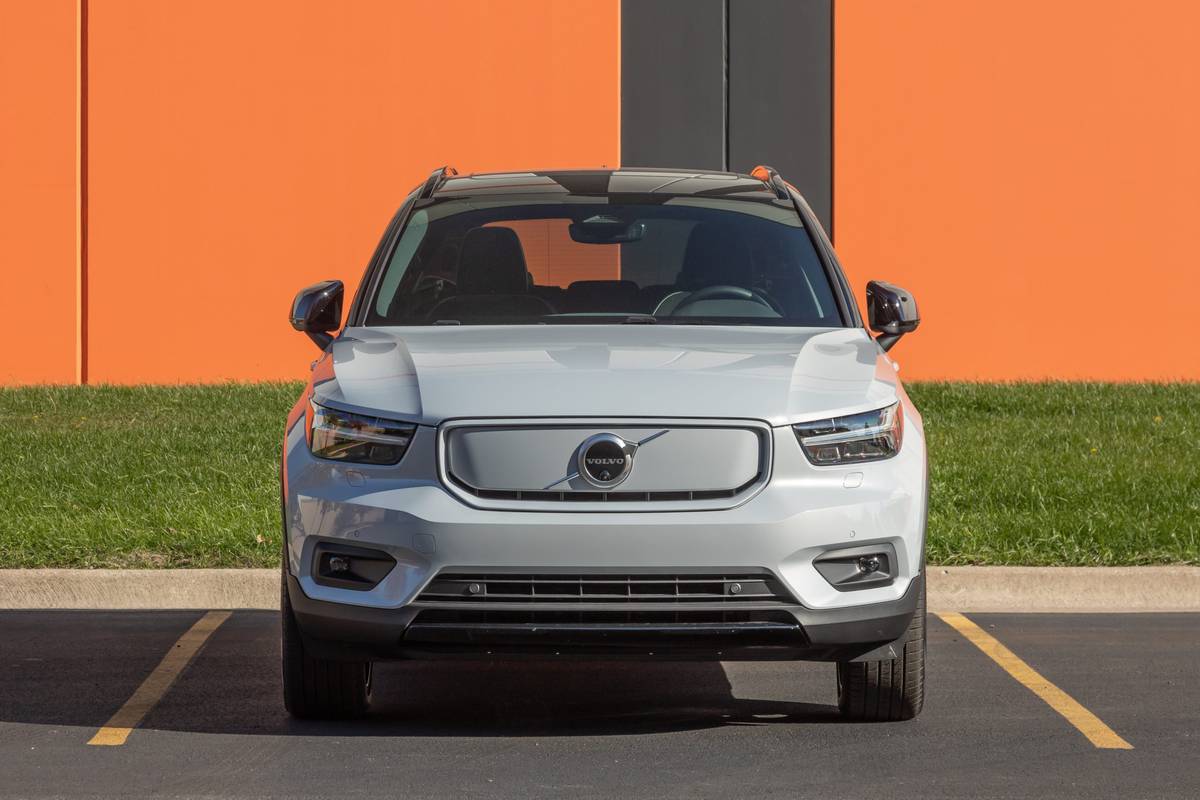
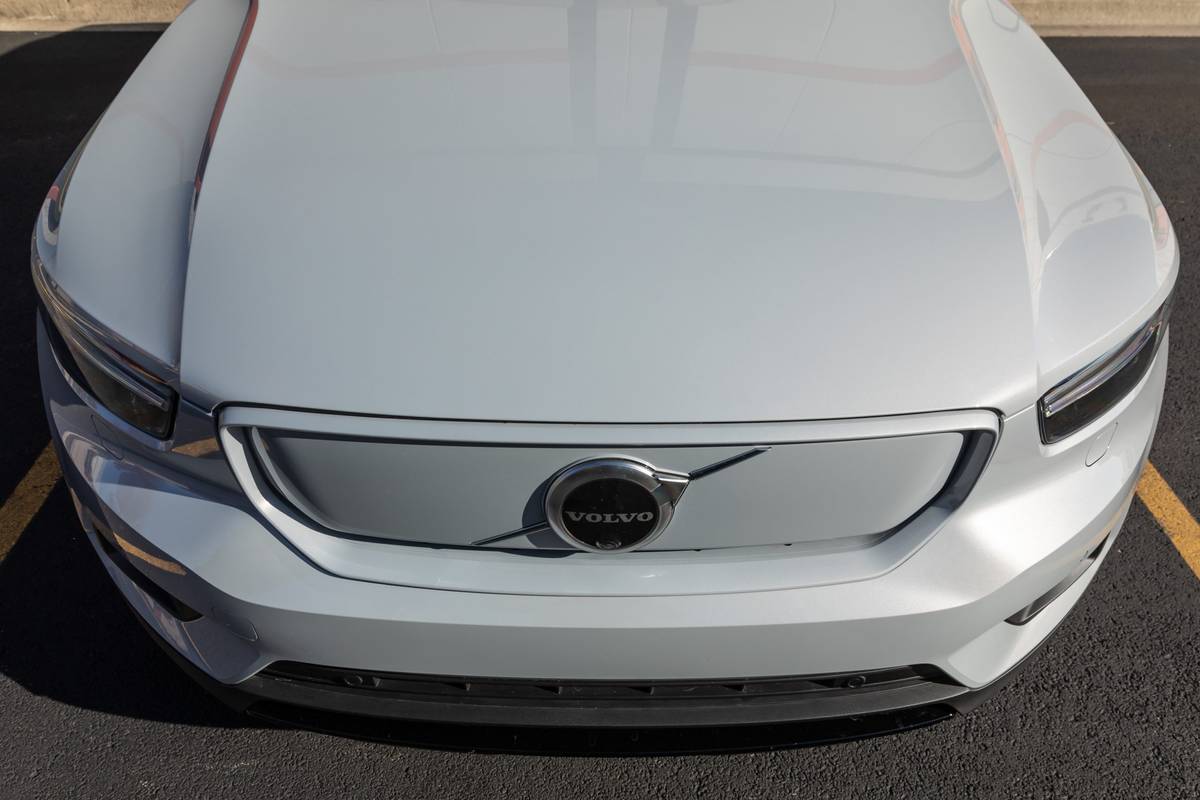
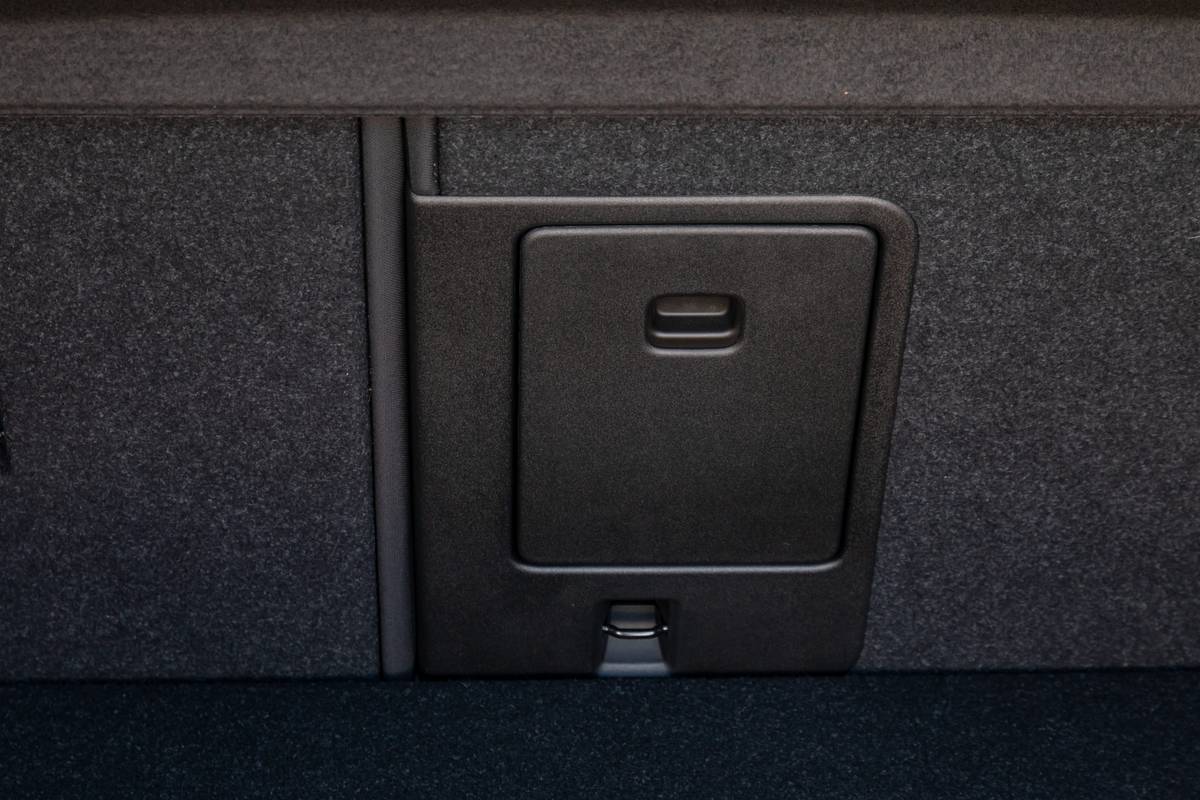
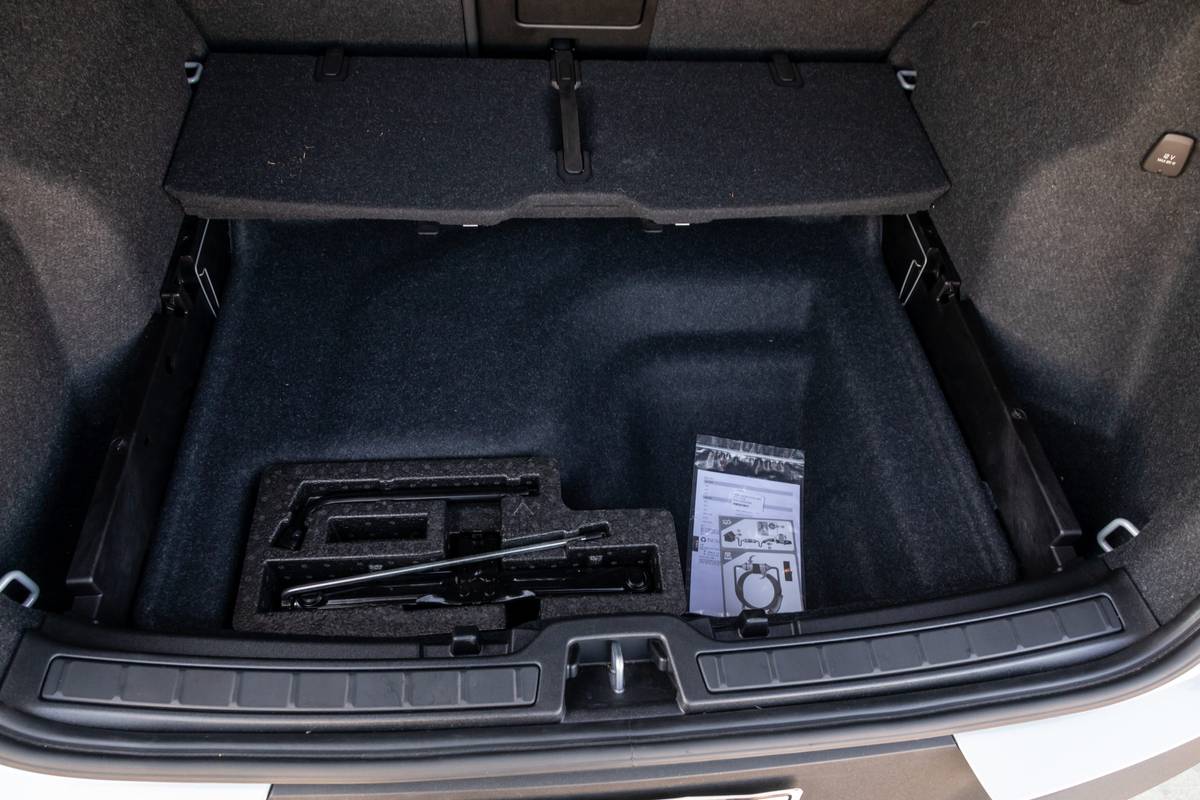
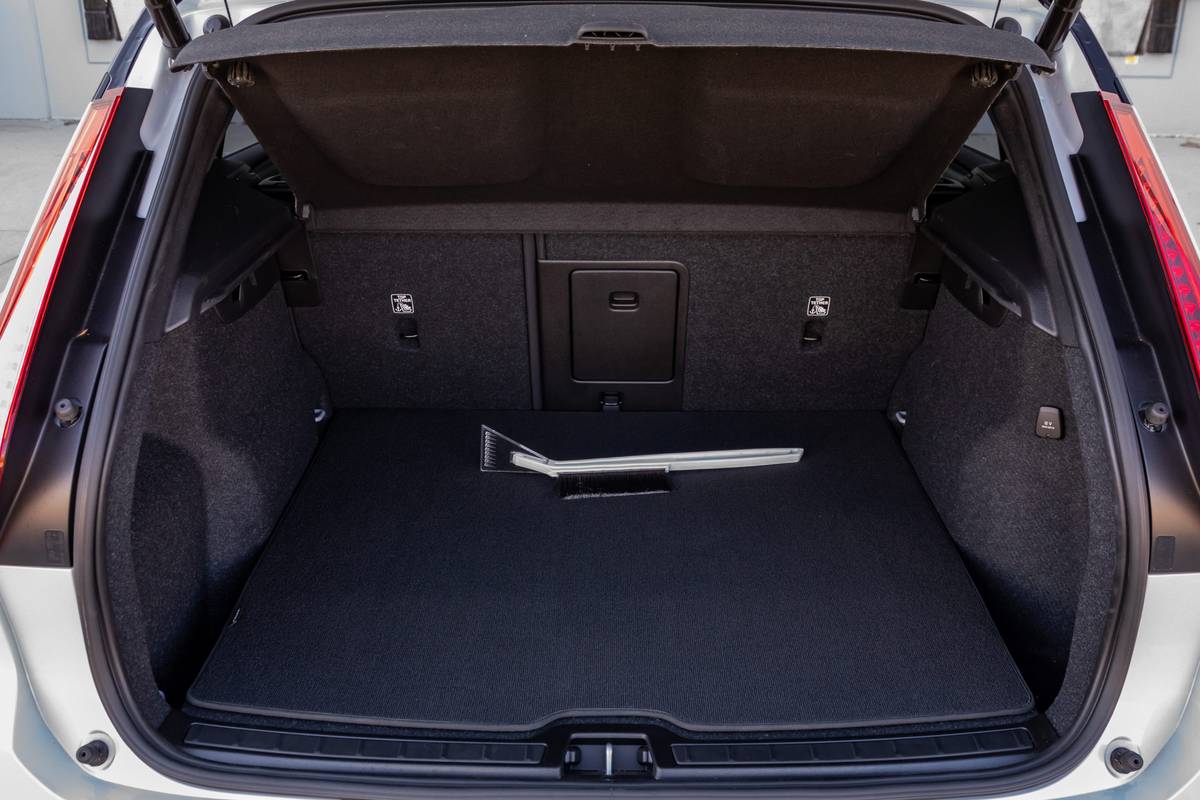

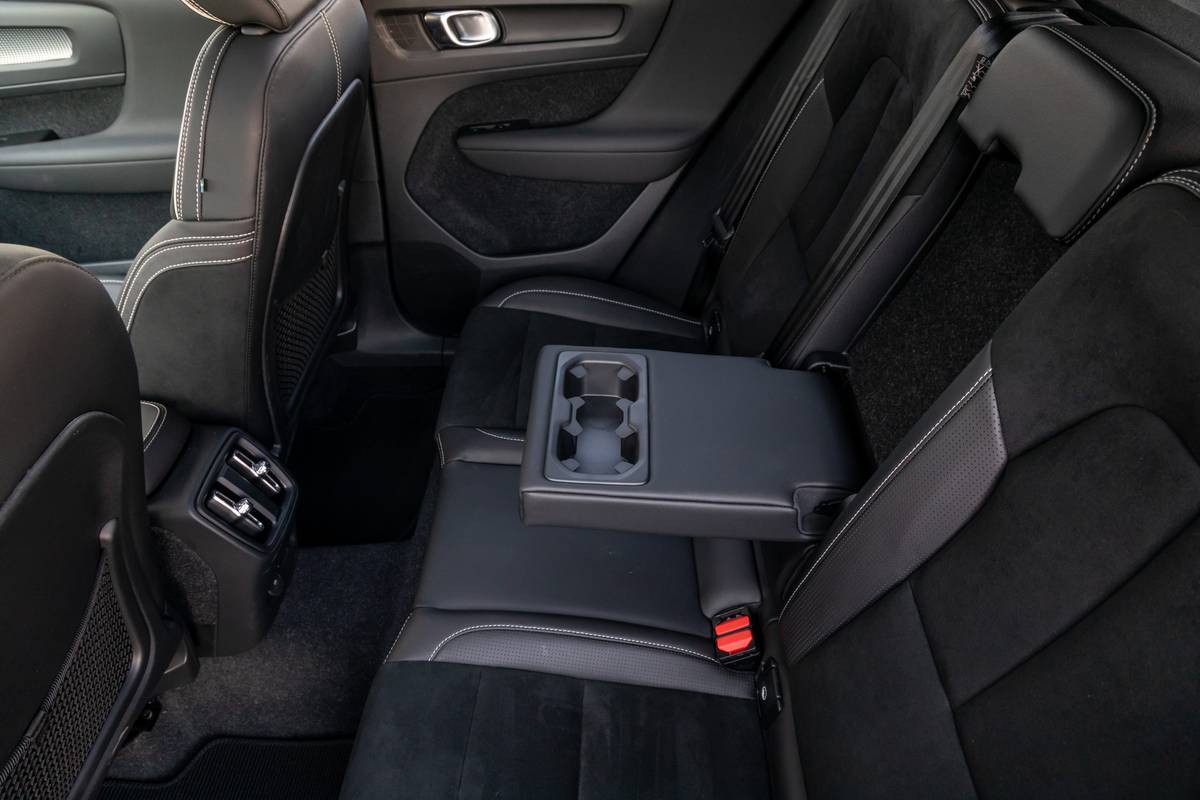
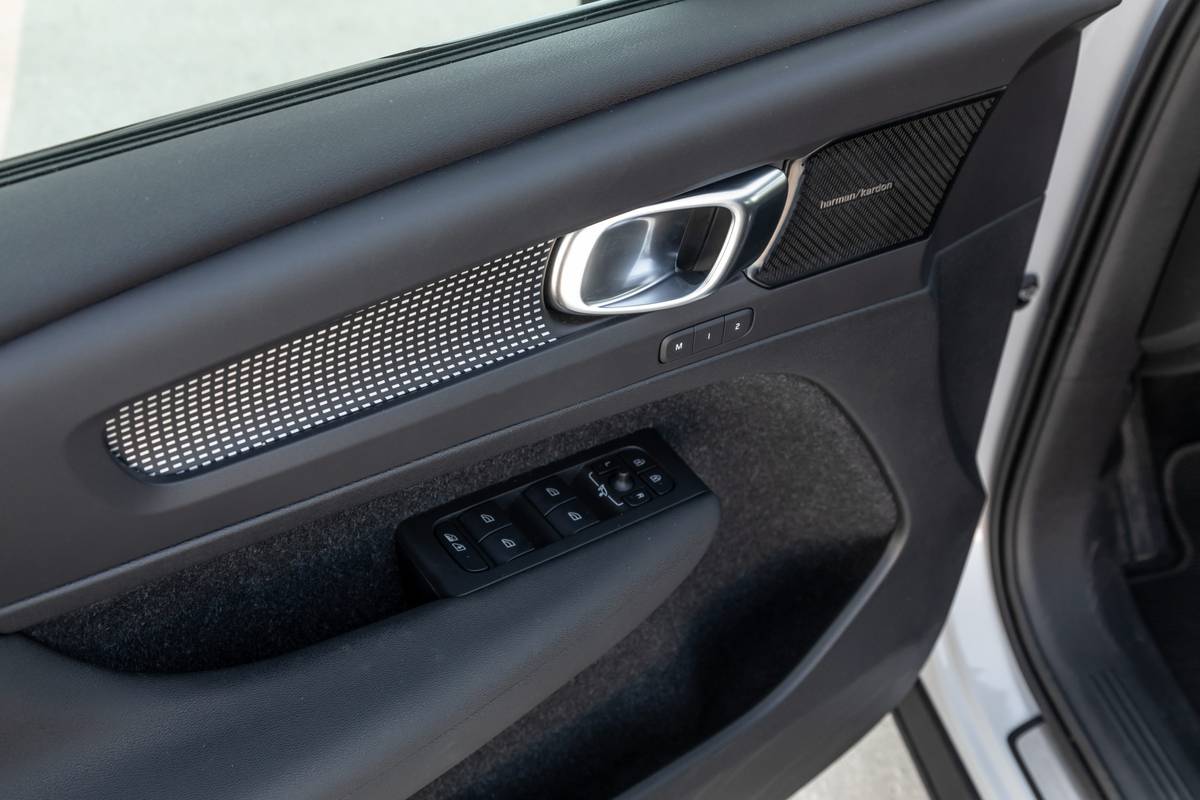
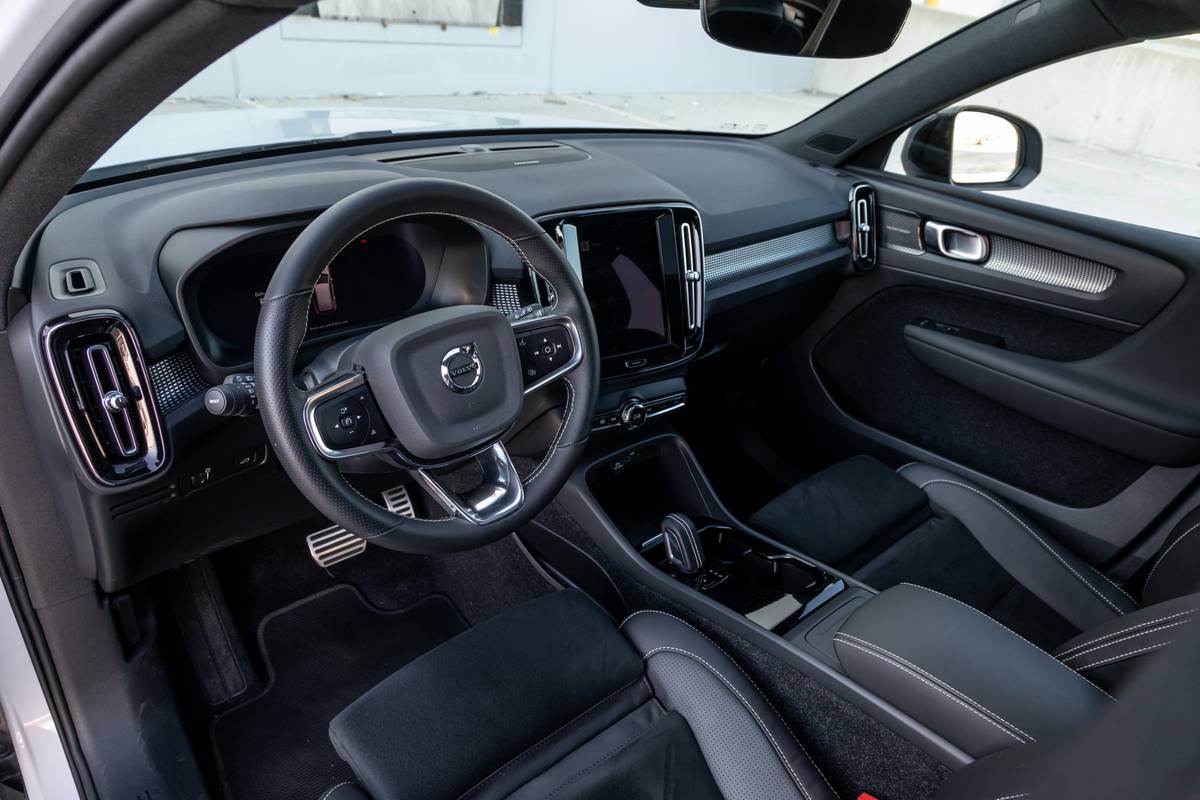




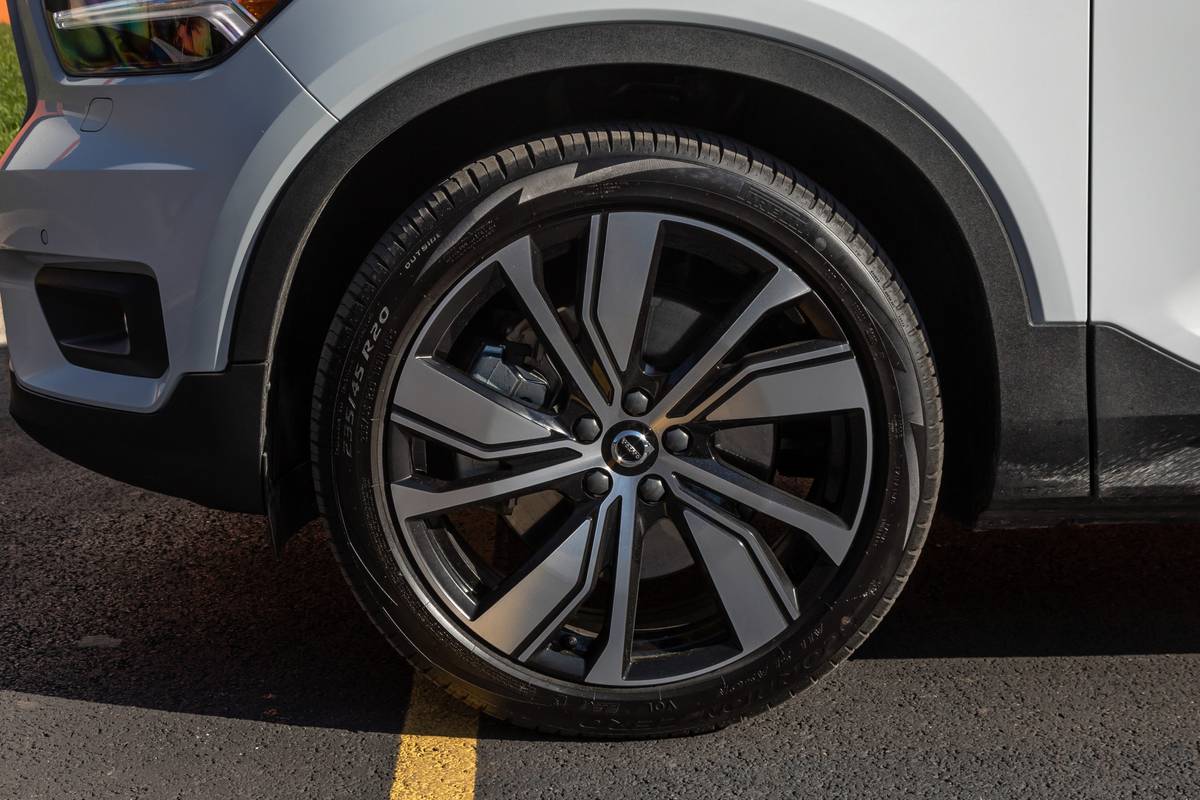
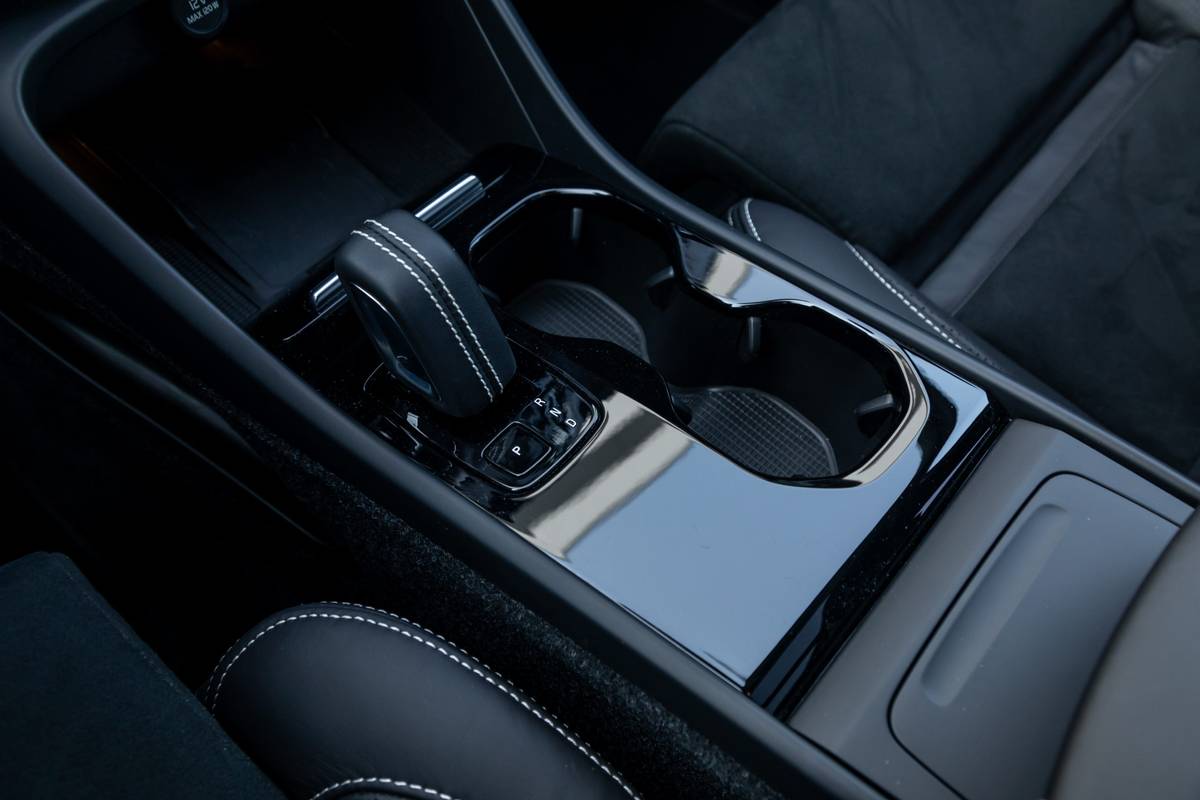


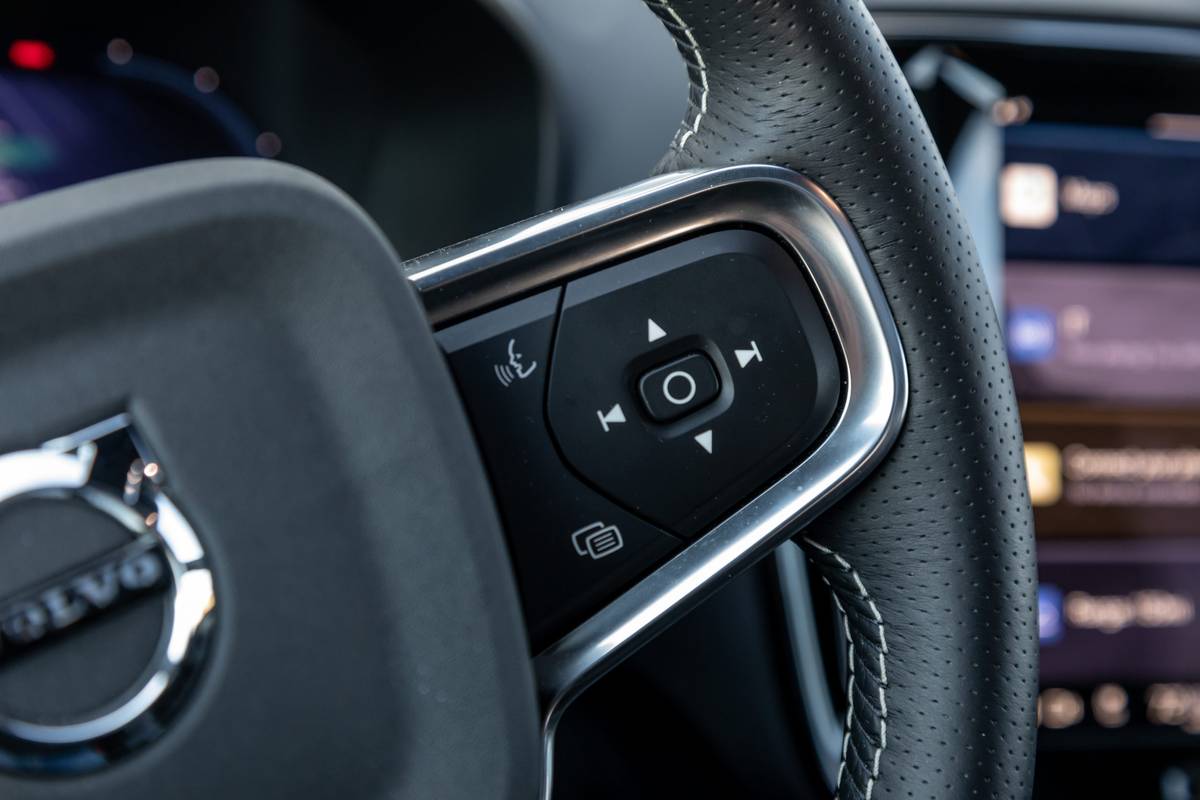
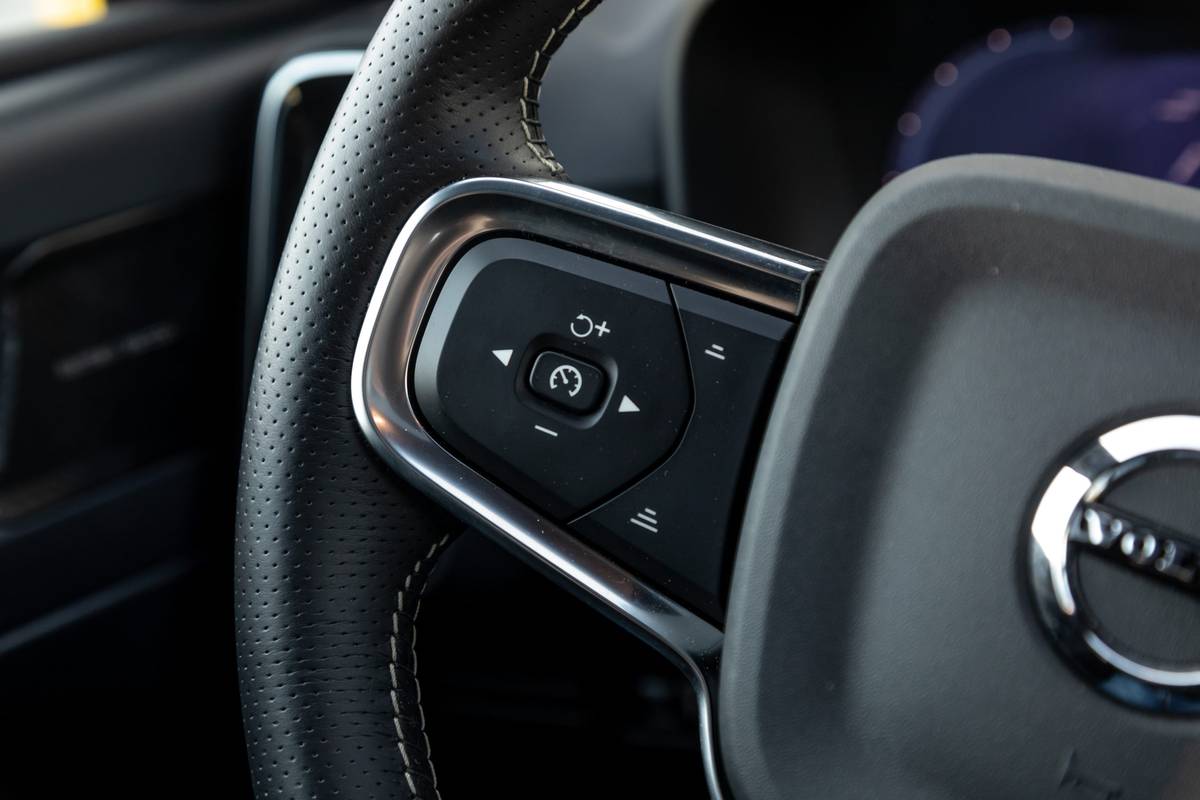
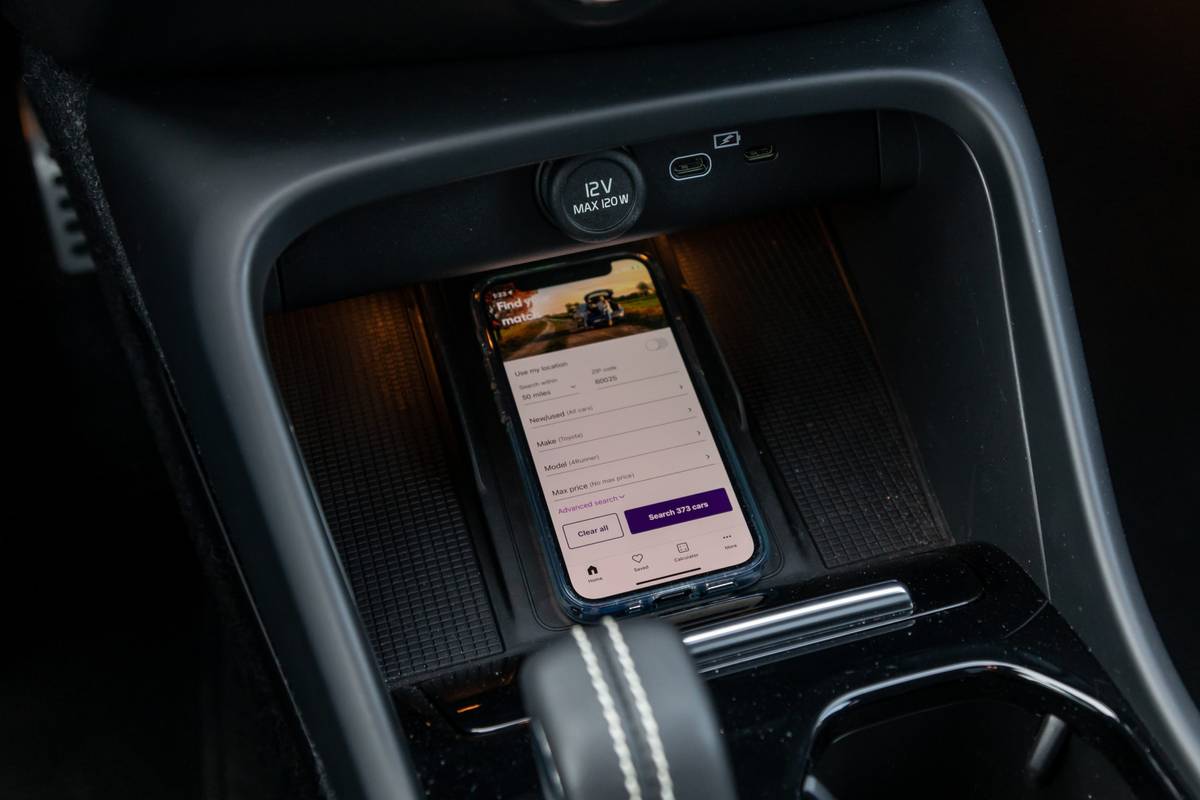
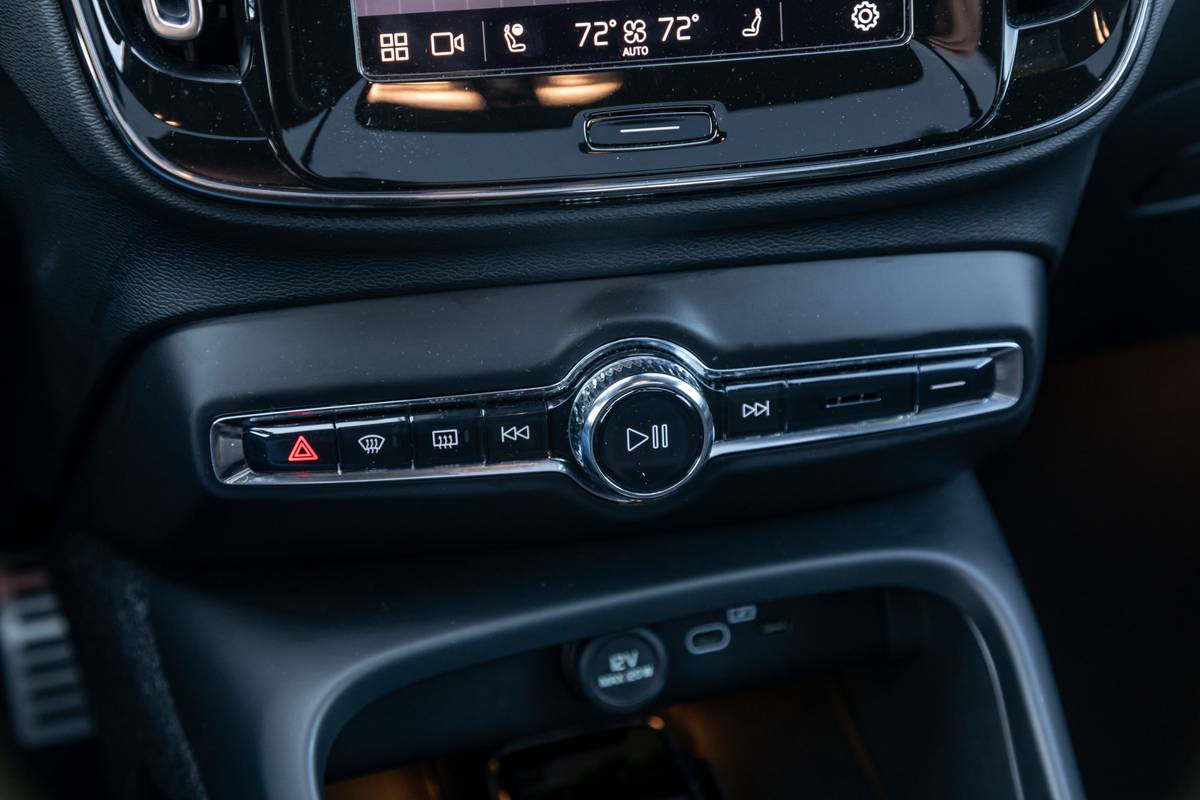
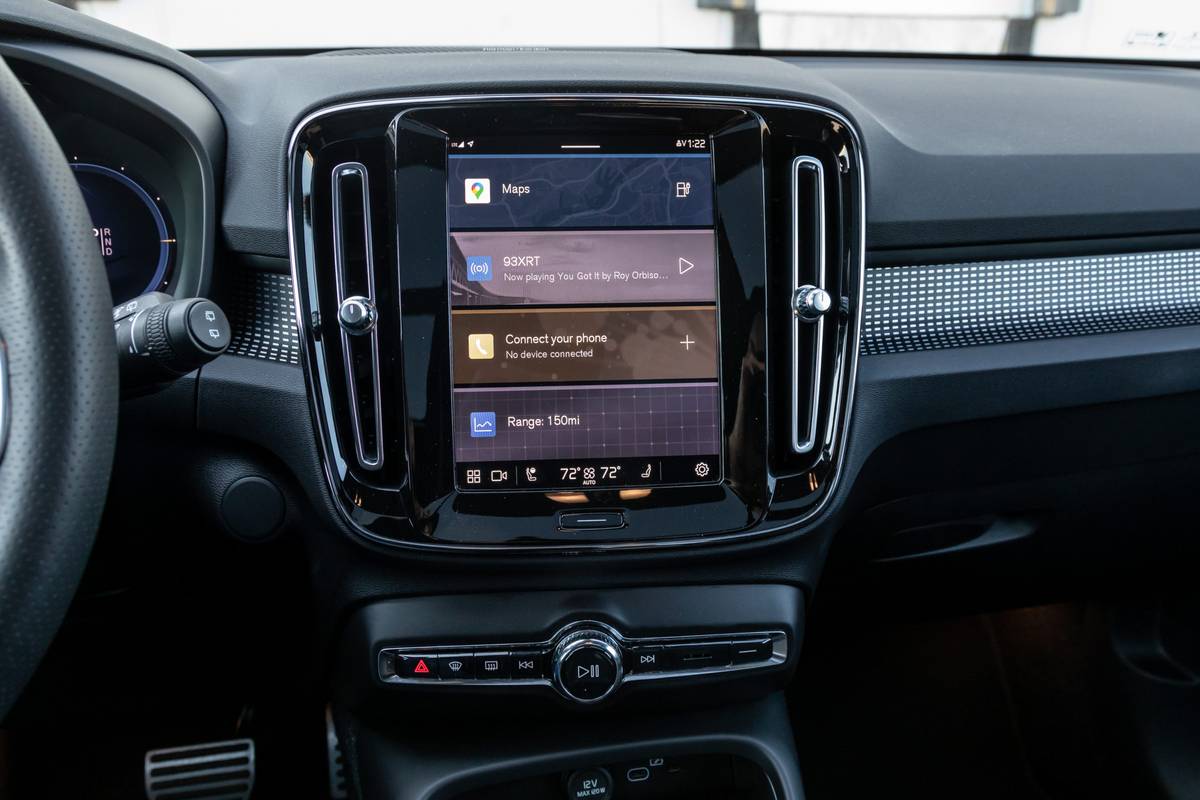

 Latch
Latch
 Infant
Infant
 Rear-facing Convertible
Rear-facing Convertible
 Front-facing Convertible
Front-facing Convertible
 Booster
Booster







